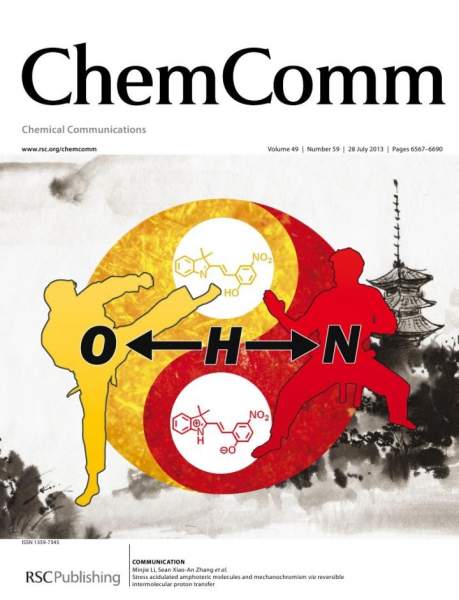The exhaust emission of marine diesel engine is one of the main sources of global air pollution. As the main pollutants, nitrogen oxides (NOx) and particulate matter (PM) pose a serious environmental threat and increase the risk of human health. In view of the particularity of ship shipping, it is very necessary for DPF to adopt passive regeneration technology. As one of the most promising technologies for passive regeneration of DPF in marine exhaust, catalytic oxidation technology is an important research topic in the field of diesel soot catalytic combustion. Perovskite oxides play a dual role in the oxidation of soot particles and NOx reduction because of their low cost, high thermal stability and flexible structure. However, the synergistic mechanism between perovskite B-site cations and oxygen vacancies is still lack of in-depth research; In addition, the role of active sites on perovskite surface in soot catalytic combustion is not clear.
Recently, Professor Liu Qingling's team from the school of environment, Tianjin University( http://catalysis.tju.edu.cn/ )A cost-effective oxidized perovskite catalyst laagcoo3 was prepared with the common soot particles in ship exhaust as the target pollutant. The correlation between Ag + doping and the formation of oxygen vacancies and the change of active sites was studied. The results show that after the element at position a is partially replaced by Ag +, the improvement of catalytic performance is attributed to the easier formation of oxygen vacancies and the enhanced mobility of lattice oxygen at low temperature. DFT calculation shows that Ag doping can reduce the formation energy of surface oxygen vacancy, and there is a synergistic effect between CO3 + and oxygen vacancy. This work proposed the cyclic redox mechanism of no assisted soot oxidation on laagcoo3 catalyst, revealed the activity evolution of oxygen vacancies in perovskite and the interaction mechanism between oxygen vacancies and adjacent metal sites, which provided a research basis for the rational design of high-performance perovskite oxidation catalysts.
 Promotion of A-site Ag Doped Perovskite for the catalytic oxidation of root: synergistic catalytic effect of dual active sites has been accepted by the international high-level journal ACS catalyst (if: 13.084).The first author of the article is he Lijun, a doctoral student of the school of environment, and the school of environment of Tianjin University is the first signatory.
Promotion of A-site Ag Doped Perovskite for the catalytic oxidation of root: synergistic catalytic effect of dual active sites has been accepted by the international high-level journal ACS catalyst (if: 13.084).The first author of the article is he Lijun, a doctoral student of the school of environment, and the school of environment of Tianjin University is the first signatory.
Professor Liu Qingling's team has been committed to the research in the field of air pollution control for a long time and has made a series of research achievements in volatile organic compounds treatment and mobile source tail gas treatment. In recent five years, Professor Liu Qingling has worked in Environmental Science & technology, applied catalysis B: environmental, Chemical Engineering Journal, Langmuir, applied catalysis A: general, green chemistry, More than 40 papers have been published in international journals such as ultrasonic sonochemistry, applied surface science, Journal of chemical technology and biotechnology, chemistry and chemcatchem.
(editors: He Lijun, Wang Yunzhen)





